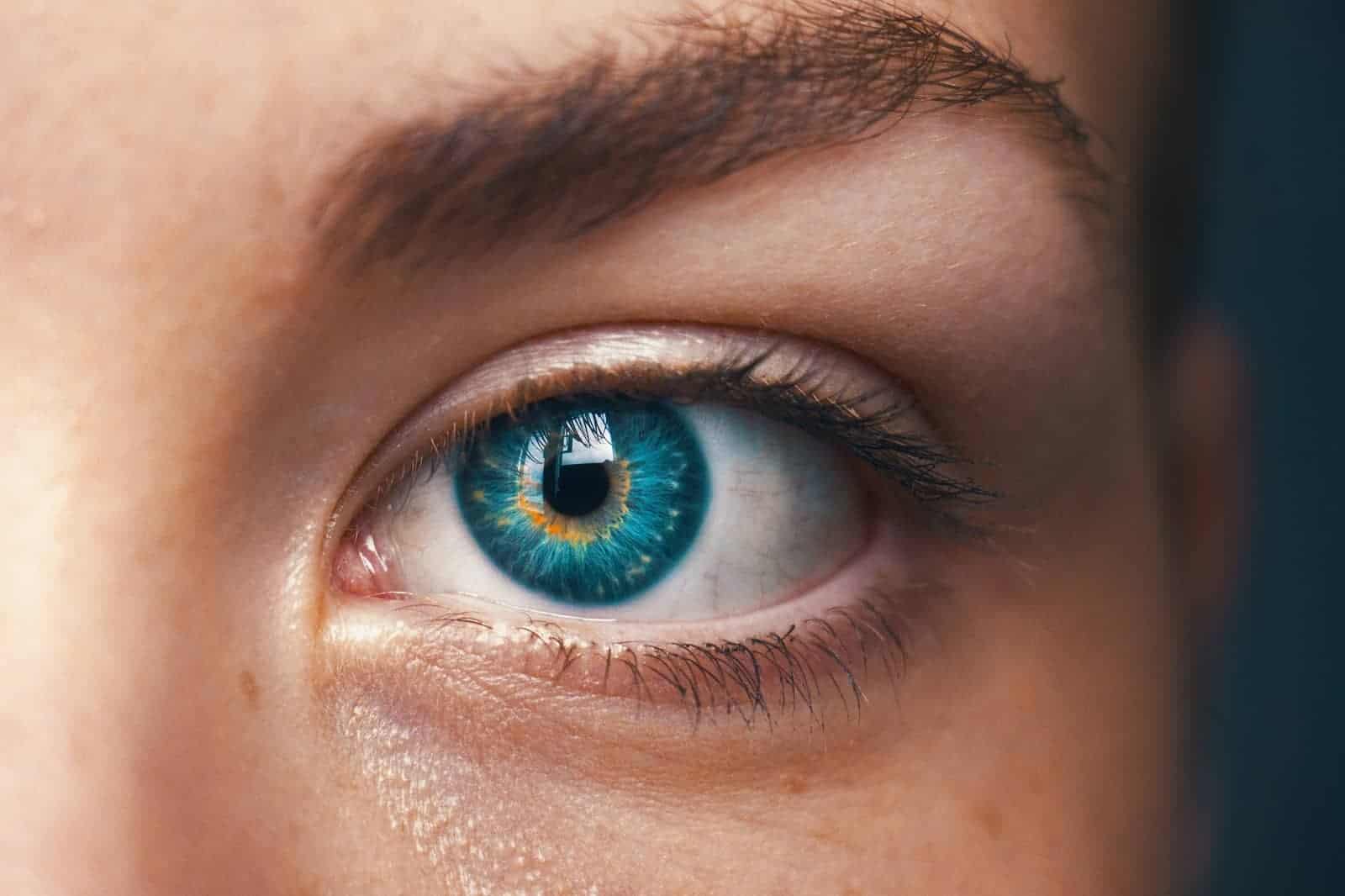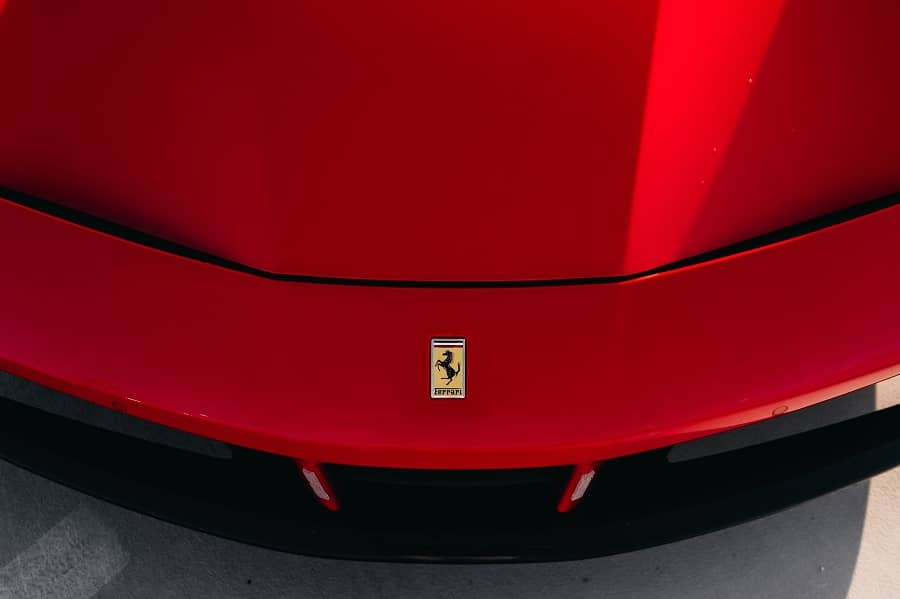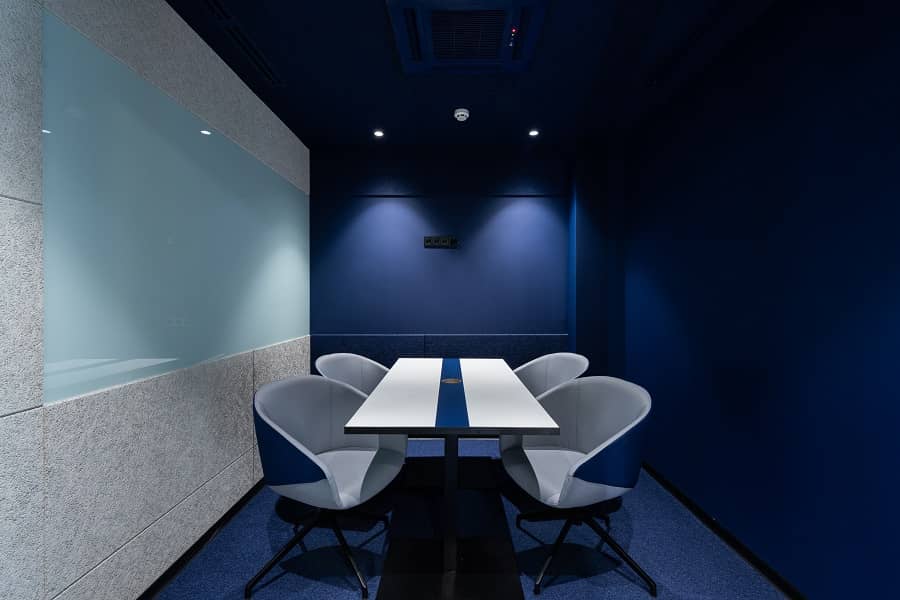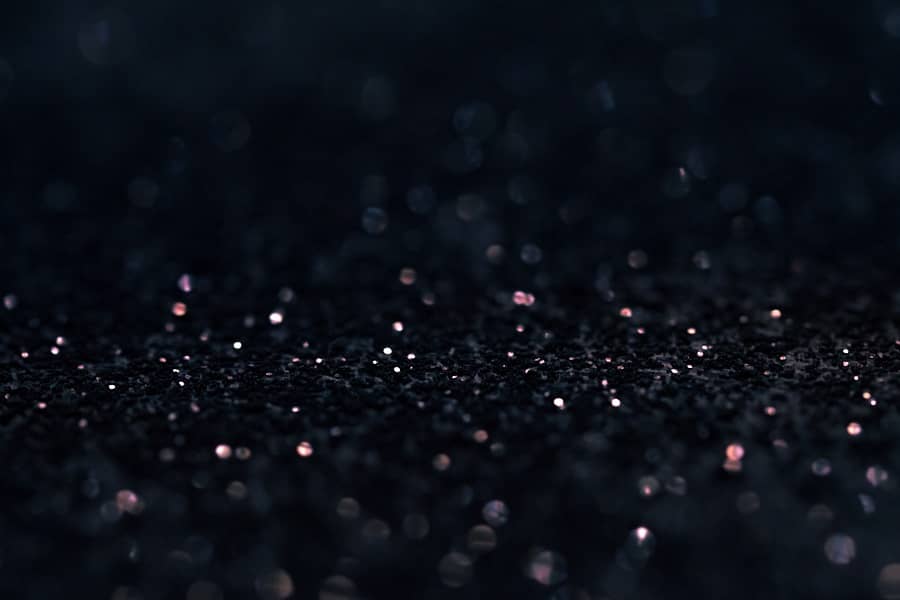April 11, 2022
How Color Psychology Affects Your Branding

Colors is more than just aesthetics in website design. Embracing color psychology helps you to shape your branding by evoking emotions and influence human behaviors.

Reed Tan
Chief Strategist
127
shares
Imagine a world without colors.
It would be dull, mechanical, and void of emotions.
But the truth is, colors are more than just aesthetics.
Color psychology are also powerful visual communication tools that shape your brand by evoking consumers’ emotions.
That is why colors are so important in visual marketing especially when you are looking to revamp your website design.
It helps you to set the stage and create a perceived consumer experience before they use your products or services.
Colors and Personality

Choosing your desired brand color may align or derail your brand personality.
For a start, warm colors generally create a comfortable and cozy ambience while cool colors create a clean and professional vibe.
If you decide your color palette without first taking your brand personality into consideration, consumers may find the overall experience very conflicting.
In addition, different shades and combination of color may create different emotions and meaning as well.

Yellow
Yellow is usually used to represent brands that are friendly, inviting, and optimistic. There is a reason why smiley face emoji are yellow.
Examples: DHL, MacDonald’s and Mailchimp

Red
Consumers usually associate red as strong, powerful, and desirable. That is why the color most associated with luxury sport cars is red.
Most marketers also prefer to use red for their call to action buttons. However, be careful how it is being used as red can also mean danger, pain and aggression.
Examples: Netflix, Coca-Cola and Marvel

Blue
Most technology firms utilizes blue as their corporate colors as blue generally represents intelligence and trust.
However, different shades of blue can symbolize different meanings and emotions. For instance, light blue is usually associate with healing, tranquility and calmness while dark blue is usually associated with strength, professionalism and integrity.
Examples: Facebook, Citibank and Bank of America

Green
Green color connotes nature, growth and regeneration.
As boring as it may seem, almost every single eco-friendly business highlights green as its corporate color. Dark green is also associated with money, prosperity, and stability.
Examples: Beyond Meat, British Petroleum and Subway

Brown
Brown is the color of earth. Because of it, the warmth color of brown gives consumers a sense of stability and support.
It represent wholesomeness, warmth, and honesty. And that is the main reason why brown is one of our corporate colors.
Examples: Reed Tan Digital, J.P. Morgan and UPS

Black
Black is the absence of color.
The lack of emotions gives it strength. It is also sophisticated, elegant and exclusive.
That is why many luxury brands embrace black as their primary color.
Examples: Chanel, Burberry and Prada
Color Symbolism in Different Cultures
While there are a plethora of colors, marketeers and designers usually make use of different combinations of colors to create complex brand personalities.
However, it is also important to note difficult cultures have different interpretation of the same color.
For instance, while purple is a color for royalties in western culture, it is actually a mourning color in many parts of Latin and South America.
Mostly importantly, its about understanding your audience so you can create a better experience for them.
127
shares
Need Help?
Just drop us a message if you need help in marketing your business.
